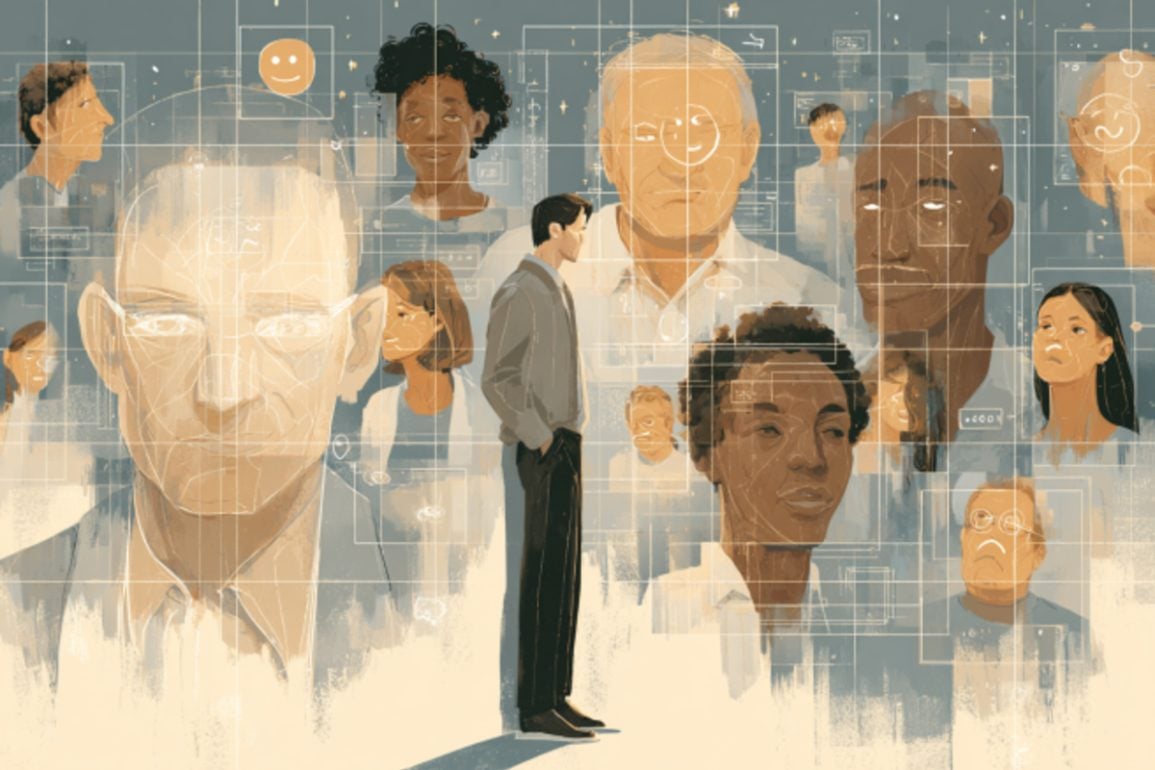Tag: SCIENCE
Walking Style Can Make Smaller Men Appear Just As Intimidating As Larger Ones

How men walk adds to body size in shaping threat impressions, and the visual system can read these movement cues quickly, even with limited detail.
The post Size Doesn’t Matter? Walking Style Can Make Smaller Men Appear Just As Intimidating As Larger Ones appeared first on Study Finds.
The Brain Possesses A Dual ‘Navigation System’ For Risky Decisions And Uncertainty

Two neighboring regions in your brain’s frontal cortex handle decisions in completely different ways. One keeps a steady beat no matter what. The other kicks into gear specifically when things get unpredictable.
The post The Brain Possesses A Dual ‘Navigation System’ For Risky Decisions And Uncertainty appeared first on Study Finds.
Older Adults See Ambiguous Faces as Happier
 A new study reveals that older adults are more likely than younger people to interpret ambiguous facial expressions as happy rather than angry. Using brain imaging, researchers found that this positivity bias is linked to increased activity in the locus coeruleus — the brain’s tiny “blue spot” that regulates alertness and stress — and its connection to the dorsolateral prefrontal cortex.
A new study reveals that older adults are more likely than younger people to interpret ambiguous facial expressions as happy rather than angry. Using brain imaging, researchers found that this positivity bias is linked to increased activity in the locus coeruleus — the brain’s tiny “blue spot” that regulates alertness and stress — and its connection to the dorsolateral prefrontal cortex.
Detached Retinas, Fractured Sockets: Pickleball Eye Injuries Soar Alongside Sport’s Popularity

America’s fastest-growing sport is sending more people to the emergency room with serious eye injuries than ever before.
The post Detached Retinas, Fractured Sockets: Pickleball Eye Injuries Soar Alongside Sport’s Popularity appeared first on Study Finds.
Protein Powders, Shakes Loaded With Lead? What To Know About Alarming New Report

A new study by Consumer Reports, published on Oct. 14, 2025, claims that some protein products contain dangerously high levels of lead, as well as other heavy metals such as cadmium and arsenic.
The post Protein Powders, Shakes Loaded With Lead? What To Know About Alarming New Report appeared first on Study Finds.
People Miss Racial Bias Hidden Inside AI Emotion Recognition
 A new study reveals that most people fail to recognize racial bias embedded in AI systems, even when it is visible in the training data. The research shows that artificial intelligence trained on imbalanced datasets—such as happy white faces and sad Black faces—learns to associate race with emotion, perpetuating biased performance.
A new study reveals that most people fail to recognize racial bias embedded in AI systems, even when it is visible in the training data. The research shows that artificial intelligence trained on imbalanced datasets—such as happy white faces and sad Black faces—learns to associate race with emotion, perpetuating biased performance.
































